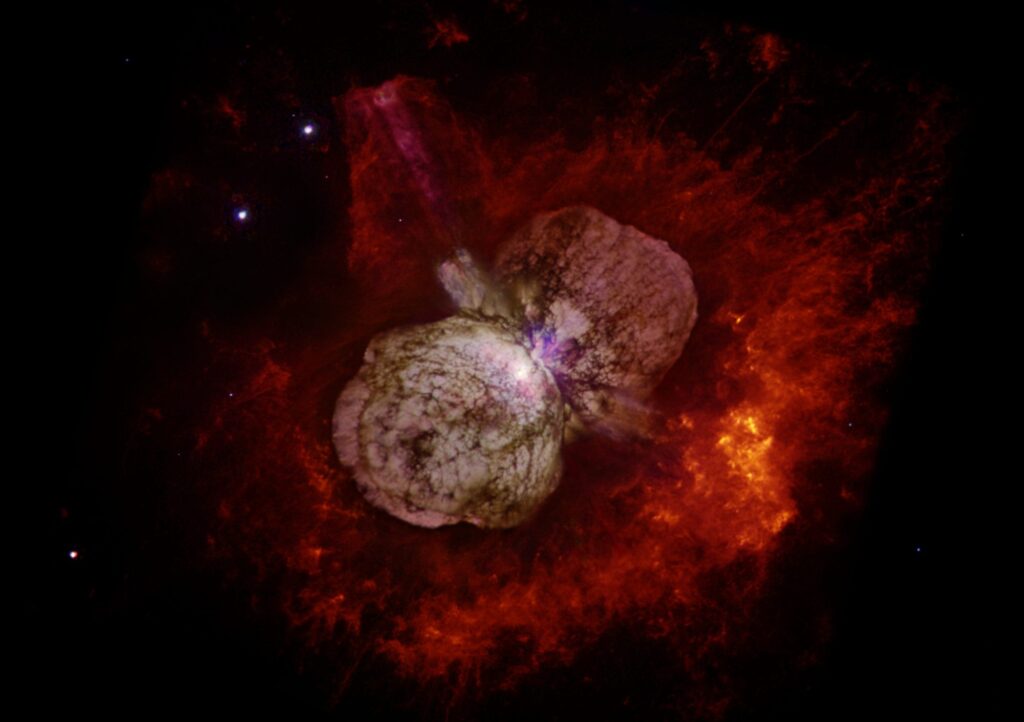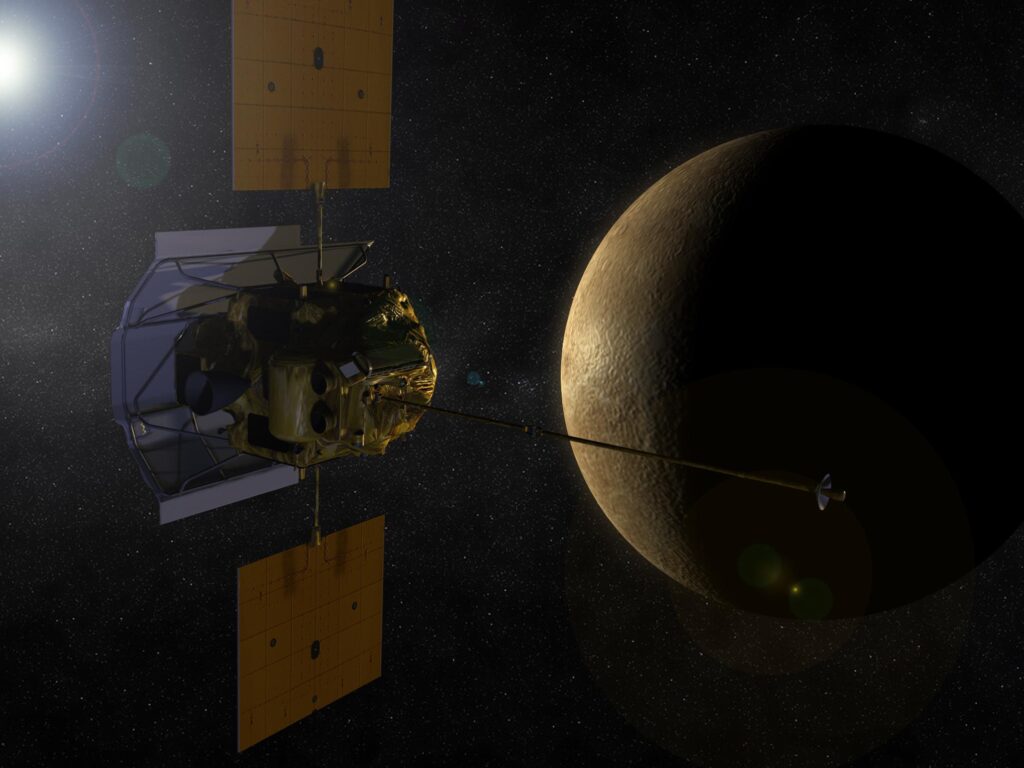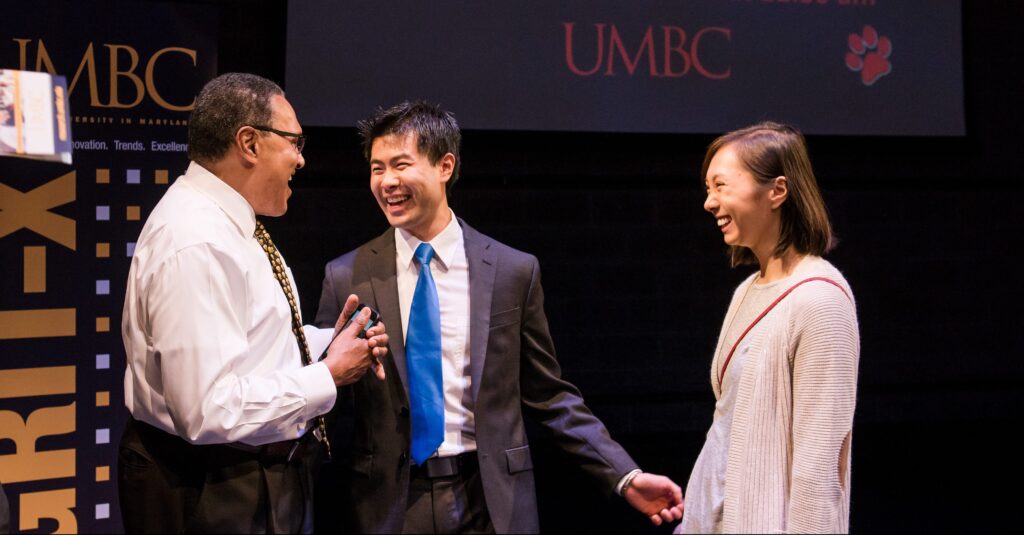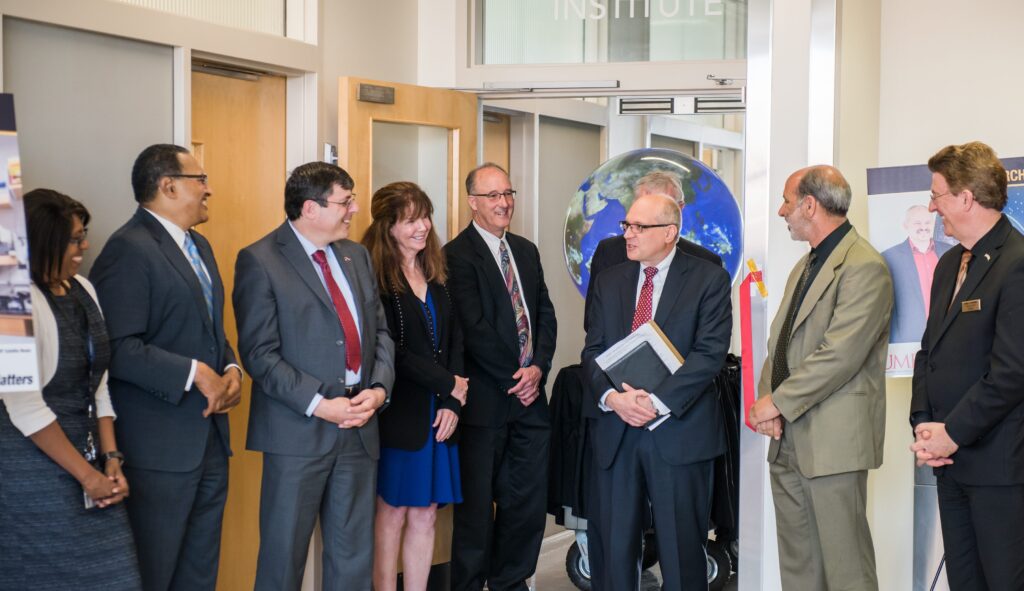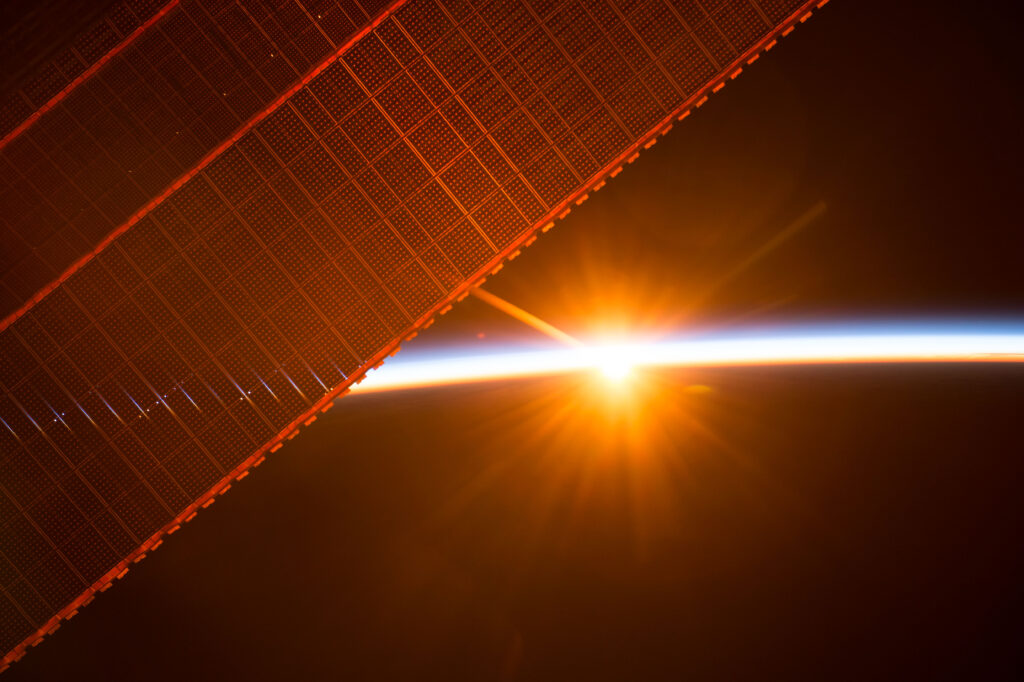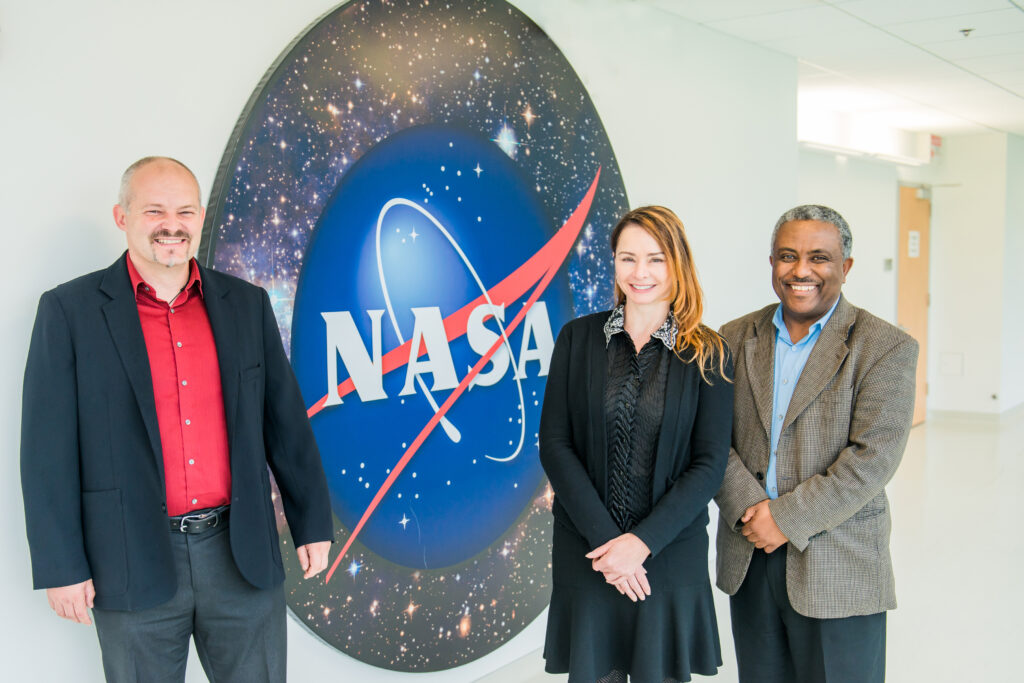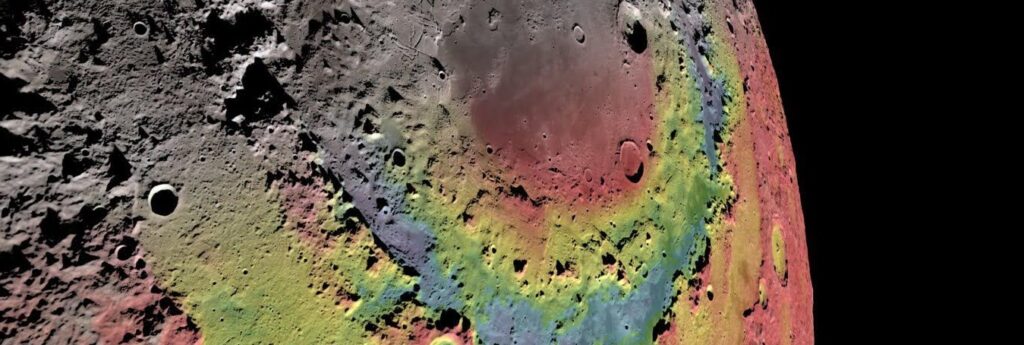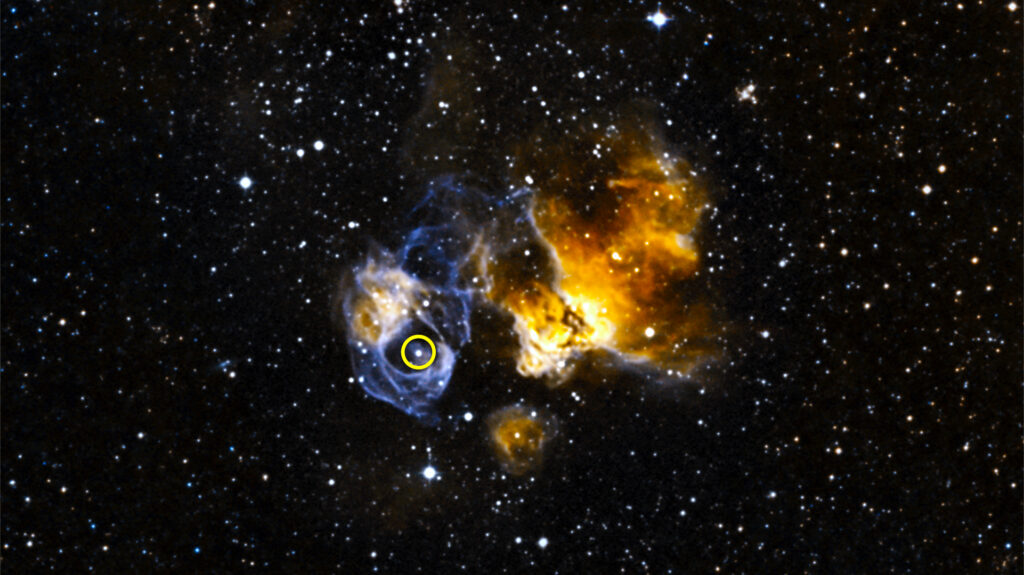UMBC astronomer Kenji Hamaguchi confirms binary star system produces cosmic rays
Producing cosmic rays, which also happens following a supernova, requires that particles be accelerated nearly to the speed of light. “We found that the accelerated particles are really energetic, which is much more than we expected from this star,” says Kenji Hamaguchi, the lead author on the study. Continue Reading UMBC astronomer Kenji Hamaguchi confirms binary star system produces cosmic rays

